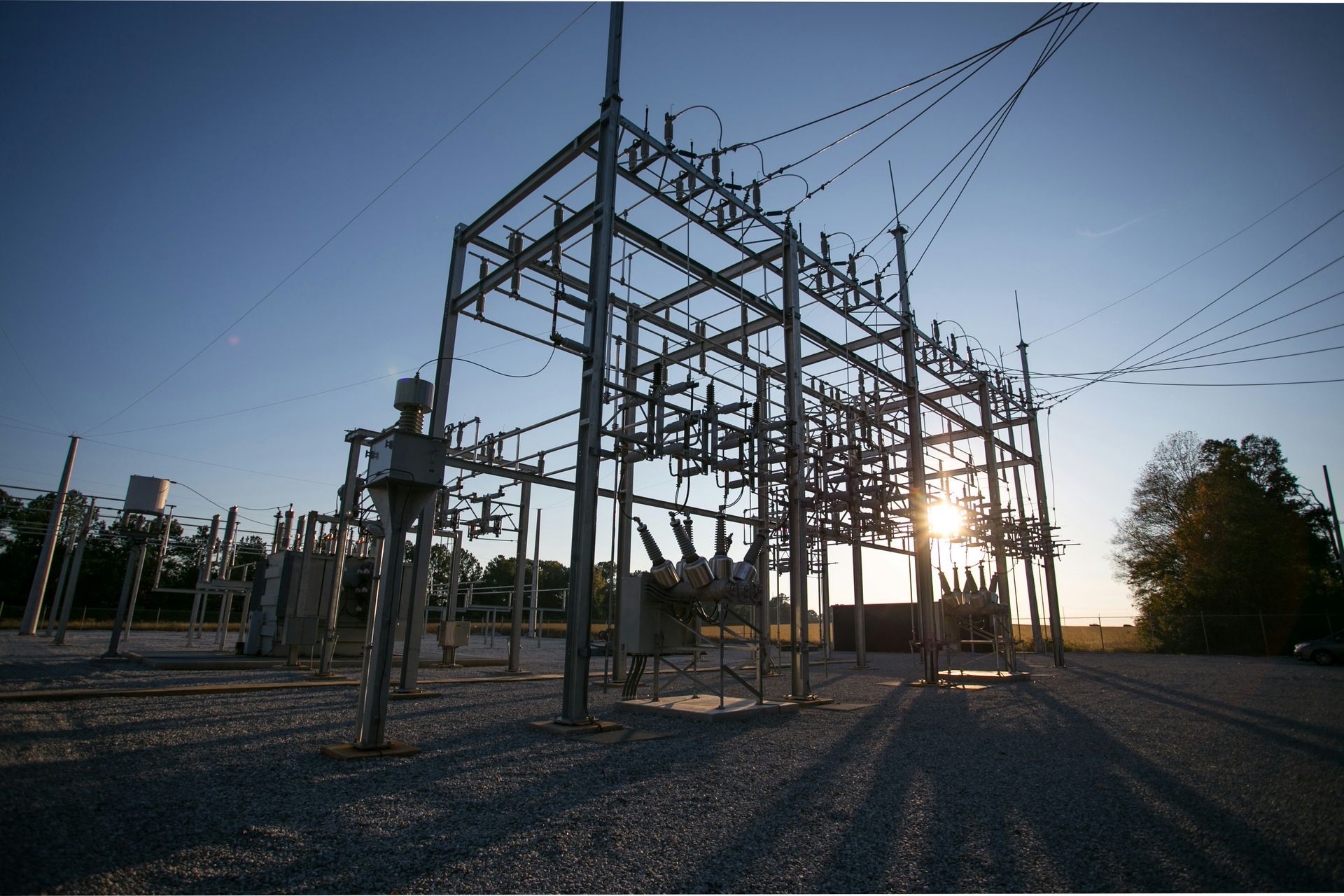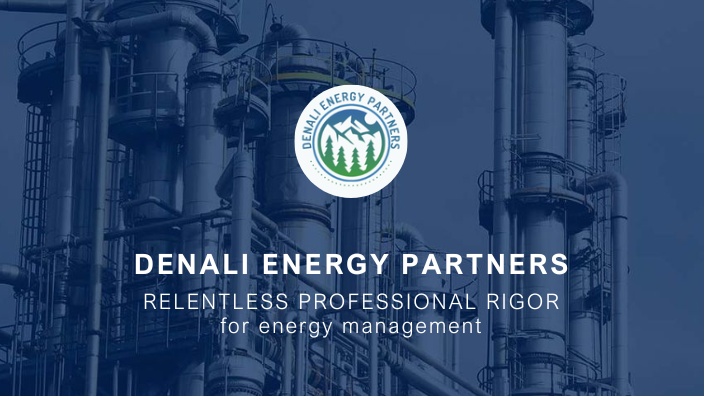Consequences of the Greenhouse Effect for Industrial Parks
Denali-ep
| 2 de octubre de 2024
Consequences of the Greenhouse Effect for Industrial Parks: Introduction
The greenhouse effect is one of the most discussed phenomena in the context of climate change. Its consequences are vast and varied, affecting not only the environment but also various industries. In this article, we will explore how the greenhouse effect specifically impacts industrial parks, which are fundamental pillars for the economy and technological development.
What is the Greenhouse Effect?
Definition
The greenhouse effect is a natural process that allows the Earth to maintain a suitable temperature for life. However, human activities have increased the concentration of greenhouse gases (GHGs) in the atmosphere, intensifying this phenomenon and causing global warming.
Main Causes
The primary causes of the greenhouse effect include the burning of fossil fuels, deforestation, and certain agricultural practices that release large amounts of carbon dioxide (CO2), methane (CH4), and nitrogen oxides (NOx).
Importance of Industrial Parks
Economic Function
Industrial parks are hubs for the production and distribution of goods. They generate employment, promote economic growth, and attract both national and foreign investments.
Technological Development
Moreover, they are centers of innovation where new technologies are developed and applied to improve the efficiency and sustainability of industrial processes.
Relationship Between the Greenhouse Effect and Industrial Parks
Industrial Emissions
The industries located in these parks are responsible for a significant portion of GHG emissions due to their reliance on fossil fuels and energy-intensive production.
Environmental Impact
The rise in temperature and changes in climate patterns directly affect industrial parks, creating additional challenges in terms of environmental and operational management.
Climatic Consequences of the Greenhouse Effect
Global Warming
The increase in global temperatures is a direct consequence of the greenhouse effect, leading to the melting of glaciers, rising sea levels, and extreme weather events.
Changes in Climate Patterns
These changes include more intense storms, prolonged droughts, and variations in seasons, affecting resource availability and the stability of industrial operations.
Impact on the Infrastructure of Industrial Parks
Structural Damage
Extreme weather events can cause significant damage to the infrastructure of industrial parks, from the destruction of buildings to the disruption of transportation and energy networks.
Maintenance Costs
The accelerated deterioration of infrastructure due to adverse climate conditions increases maintenance and repair costs, affecting the profitability of industrial operations.

Effects on Industrial Production
Supply Chain Disruptions
Extreme weather phenomena can disrupt supply chains, impacting the availability of raw materials and components necessary for production.
Increased Operational Costs
Operational costs rise due to the need to adapt facilities to withstand more severe climate conditions and comply with stricter environmental regulations.
Health and Workplace Safety
Risks for Workers
Climate change also poses risks to the health and safety of workers, such as increased heat-related illnesses and exposure to extreme weather conditions.
Prevention Measures
Implementing prevention and adaptation measures is crucial, such as improving ventilation in workspaces, providing personal protective equipment, and developing emergency plans.
Adaptation and Mitigation in Industrial Parks
Energy Efficiency
Adopting energy-efficient technologies and practices can significantly reduce GHG emissions, improve sustainability, and lower operational costs.
Clean Technologies
Using clean technologies, such as solar and wind energy, along with proper waste management, can minimize the environmental impact of industrial operations.
Government Policies and Regulations
Environmental Regulations
Governments implement environmental regulations that require industries to reduce their emissions and adopt more sustainable practices.
Incentives for Sustainability
Additionally, economic and tax incentives are offered to encourage investment in clean technologies and sustainable practices in industrial parks.
Case Studies
Examples of Sustainable Industrial Parks
Some industrial parks have successfully implemented sustainable measures, serving as models for others. For example, the Kalundborg Industrial Park in Denmark is known for its industrial symbiosis, where the byproducts of one company are used as resources by another.
Lessons Learned
These case studies provide valuable lessons on the importance of collaboration, innovation, and investment in sustainability to address climate change challenges.
The Role of the Community and Corporate Social Responsibility
Community Initiatives
Collaboration with the local community is essential to develop sustainable solutions that benefit both industries and the surrounding population.
Collaborative Projects
Collaborative projects between industries, governments, and communities can foster the creation of more resilient and sustainable industrial ecosystems.
Future of Industrial Parks in a Climate-Affected World
Innovations and Technological Advances
The future of industrial parks will largely depend on their ability to innovate and adopt new technologies that reduce emissions and enhance sustainability.
Long-Term Perspectives
In the long run, industrial parks that successfully adapt to climate changes and reduce their environmental impact will be better positioned to thrive in an increasingly sustainability-conscious world.
Conclusion
The greenhouse effect presents significant challenges for industrial parks, from impacts on infrastructure to health and safety risks for workers. However, with the implementation of clean technologies, favorable government policies, and increased community collaboration, it is possible to mitigate these effects and ensure a sustainable future for these important centers of economic and technological development.
What is the greenhouse effect, and how does it impact industrial parks?
The greenhouse effect is a natural process where certain gases in the Earth’s atmosphere trap heat, keeping the planet warm enough to sustain life. However, human activities have increased the concentration of greenhouse gases, leading to global warming. This affects industrial parks by causing climate change-related issues such as extreme weather events, which can damage infrastructure and disrupt operations.
s, italics or bold, and add links.
What are the main causes of the greenhouse effect?
The primary causes of the greenhouse effect include the burning of fossil fuels, deforestation, and certain agricultural practices. These activities release significant amounts of greenhouse gases like carbon dioxide (CO2), methane (CH4), and nitrogen oxides (NOx) into the atmosphere, intensifying global warming.
How do extreme weather events affect industrial parks?
Extreme weather events, such as floods, storms, and prolonged droughts, can cause significant damage to industrial park infrastructure. They may lead to costly repairs, disrupt supply chains, and impact the availability of resources necessary for production, thereby increasing operational costs.
What measures can industrial parks take to adapt to climate change?
Industrial parks can implement various adaptation strategies, such as adopting energy-efficient technologies, using renewable energy sources, and improving waste management practices. Additionally, enhancing infrastructure resilience and developing emergency response plans can help mitigate the impacts of extreme weather.
Are there any government incentives for industrial parks to adopt sustainable practices?
Yes, many governments provide incentives for industrial parks to adopt sustainable practices. These can include tax breaks, grants for renewable energy projects, and support for implementing energy-efficient technologies. Such incentives aim to encourage industries to reduce their greenhouse gas emissions and promote environmentally friendly operations.




